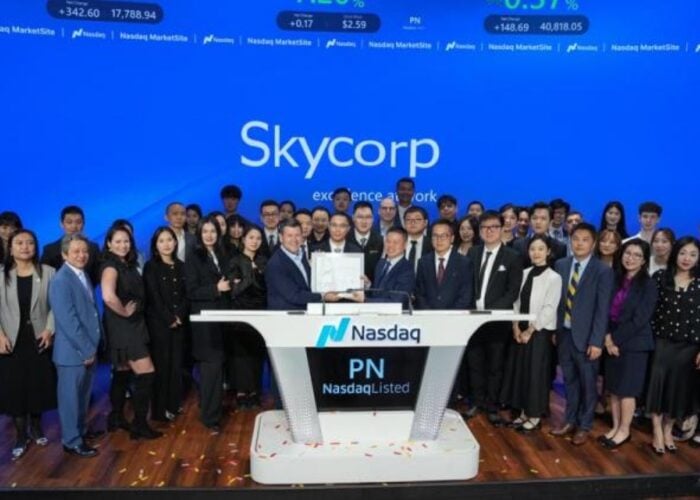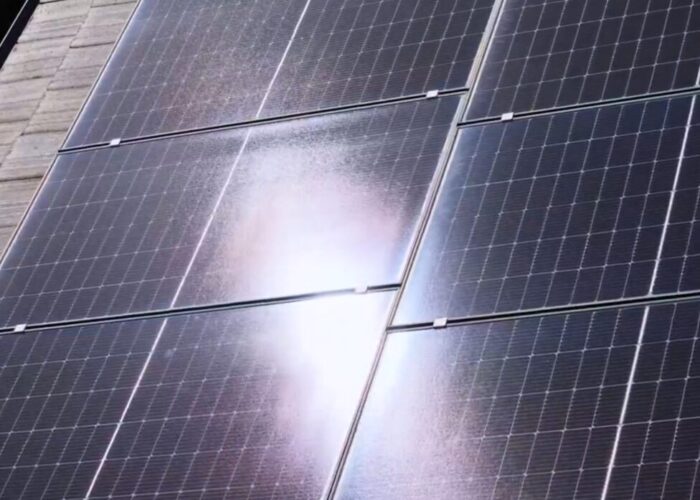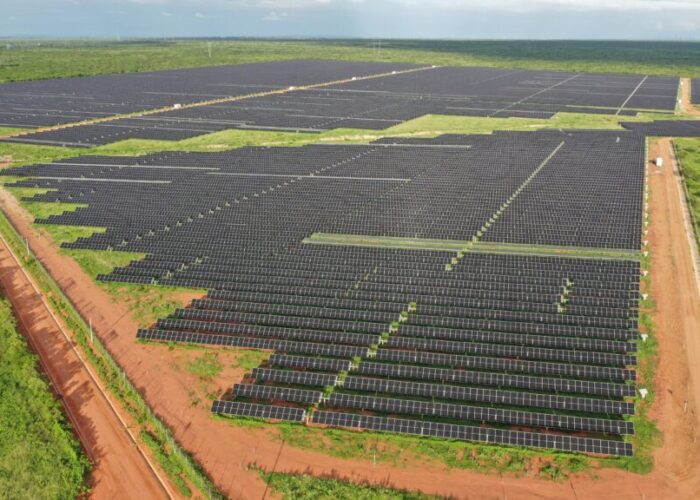Emerson Network Power has announced the availability of its new eBook, “What Smart Grid Means to You.” The eBook is designed to help those on the front lines of the Smart Grid transition, addressing challenges and opportunities for CIOs and IT departments, consulting and specifying engineers, facility managers, telecom providers, and solar power system integrators.
The core framework of the nation’s electrical grid is not currently capable of addressing the unique demands and challenges of a next-generation power infrastructure, including renewables.
Unlock unlimited access for 12 whole months of distinctive global analysis
Photovoltaics International is now included.
- Regular insight and analysis of the industry’s biggest developments
- In-depth interviews with the industry’s leading figures
- Unlimited digital access to the PV Tech Power journal catalogue
- Unlimited digital access to the Photovoltaics International journal catalogue
- Access to more than 1,000 technical papers
- Discounts on Solar Media’s portfolio of events, in-person and virtual
Emerson hopes that Smart Grid will bridge the communication gap between supply and demand, spanning from power plants into residential homes. The grid will handle multiple sources and levels of electricity generation, incorporating clean, alternate energy, including solar. Through digital delivery and control interfaces, it will allow consumers to make informed decisions about their power use.
“Emerson Network Power has power expertise from grid to chip – from embedded power supplies and converters to power transfer switches to uninterruptible power supplies, and our peer businesses within Emerson broaden that range tremendously – from power generation to the thermostats at the point of consumption,” said Charles O’Donnell, vice president of engineering for the Liebert AC Power business of Emerson Network Power in North America. “This eBook allows us to share some basic information to help organizations prepare for a Smart Grid, and ultimately take advantage of capabilities that could significantly benefit our planet and their bottom line.”
The eBook is available here.







